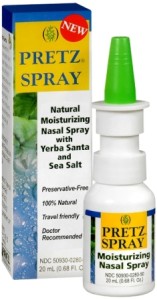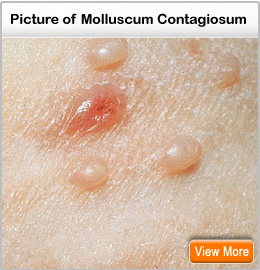http://www.midwestsinus.com/common-conditions/Basically a bacterial papillitis.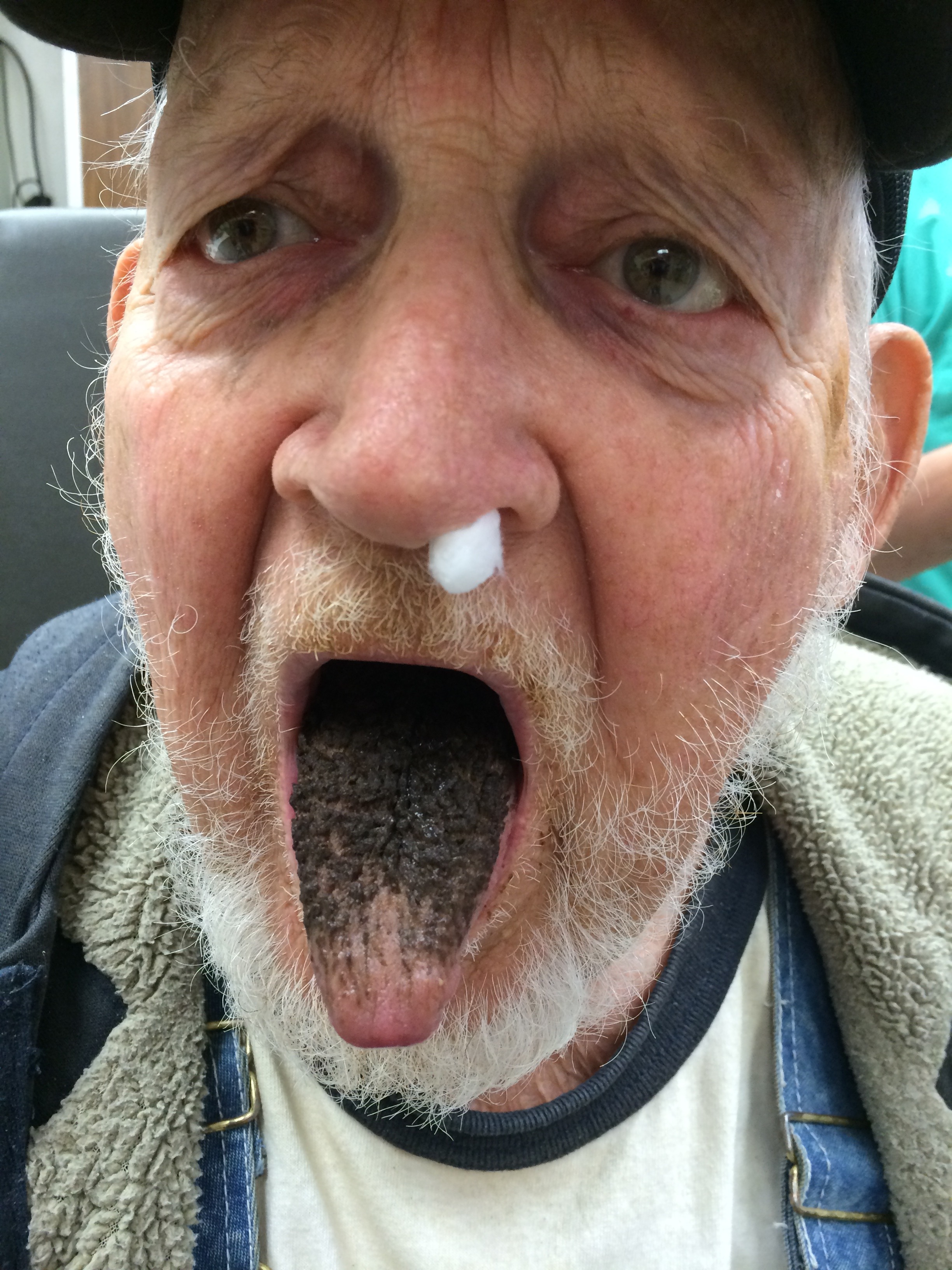
The name black hairy tongue may sound scary, but the condition is harmless. Black hairy tongue is caused by bacteria or fungi in the mouth, which make the tongue appear black and hairy. It’s easily remedied by good old-fashioned oral hygiene.
What Causes Black Hairy Tongue?
A black hairy tongue is caused by too much bacteria or yeast growth in the mouth. The bacteria build up on tiny rounded projections called papillae. These lie along the surface of the tongue. Instead of shedding as they normally do, the papillae start to grow and lengthen, creating hair-like projections. They can grow to 15 times their normal length.
Normally, the papillae are pinkish-white. But as they grow, pigments from food, drinks, and possibly the bacteria or yeast themselves get caught in the papillae, dyeing the tongue a color. Most often that color is black, hence the name. But the tongue can also turn brown, yellow, green, or a variety of other colors.
Certain lifestyle habits and conditions can make people more likely to develop black hairy tongue. They include:
poor oral hygiene
smoking tobacco
drinking a lot of coffee or tea
using antibiotics (which may disrupt the normal balance of bacteria in the mouth)
being dehydrated
taking medications that contain the chemical bismuth (such as Pepto-Bismol for upset stomach)
not producing enough saliva
regularly using mouthwash that contains peroxide, witch hazel, or menthol
getting radiation therapy to the head and neck
Black hairy tongue is more common in men, people who use intravenous drugs, and those who are HIV-positive.
What Are the Symptoms of Black Hairy Tongue?
Other than the appearance of the tongue, most people with black hairy tongue don’t have any symptoms or feel any discomfort. The exception is when there is too much growth of the yeast Candida albicans, which can cause a burning sensation on the tongue. This burning sensation is called glossopyrosis.
Some people complain of a tickling feeling in the back of the roof of the mouth, a metallic taste in their mouth, or nausea. In more severe cases, the condition may lead to a gagging feeling. Sometimes, food getting caught inside the extra-long papillae can cause bad breath.
How Is Black Hairy Tongue Treated?
Practicing good oral hygiene is the best way to treat black hairy tongue. Gently brush your teeth twice a day with a soft toothbrush. Also, brush your tongue. You can use a tongue scraper to make sure you’re thoroughly cleaning the area. Drink plenty of water throughout the day to help keep your mouth clean.
Other tips include:
If you smoke, quit.
Add more roughage to your diet. Soft foods won’t clean off the tongue effectively.
Call your doctor or dentist if the problem doesn’t get better on its own. Your doctor may prescribe antibiotics or an antifungal drug to get rid of the bacteria or yeast. Topical medications, such as tretinoin (Retin-A), are also sometimes prescribed. As a last resort, if the problem doesn’t improve, the papillae can be surgically clipped off with a laser or electrosurgery.
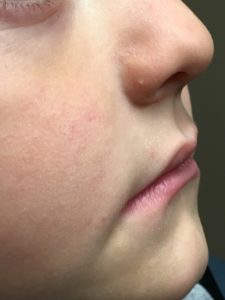
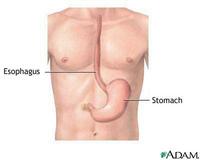 Typically allergies affect your upper respiratory tract with itchy watery eyes, sneezing, and a runny nose. This can contribute to lower airway issues such as asthma and cough. Secondly, they can lead to dermatologic manifestations such as eczema, dermatitis, and urticaria. Eosinophilic esophagitis seems to be a manifestation of allergic disease on the digestive system. It can lead to various inflammatory symptoms and even difficulty swallowing due to strictures in the esophagus.
Typically allergies affect your upper respiratory tract with itchy watery eyes, sneezing, and a runny nose. This can contribute to lower airway issues such as asthma and cough. Secondly, they can lead to dermatologic manifestations such as eczema, dermatitis, and urticaria. Eosinophilic esophagitis seems to be a manifestation of allergic disease on the digestive system. It can lead to various inflammatory symptoms and even difficulty swallowing due to strictures in the esophagus.

